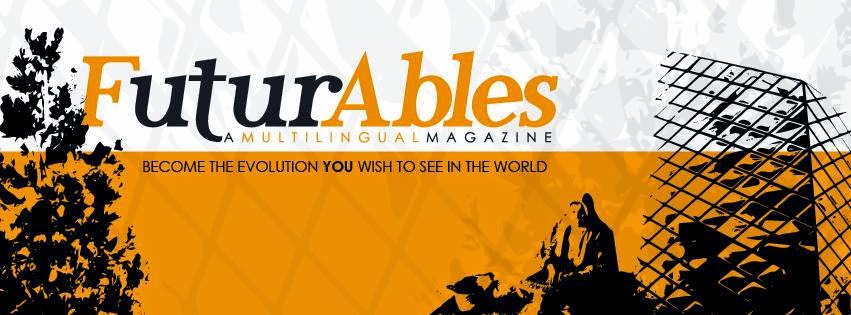
The term religion is generally derived from two Latin verbs: religàre, meaning “to bind,” and religere which, like the Greek verb alégein, means ”to care for, to be concerned about.” By extension, religion can be defined as the “careful observance of a binding divine rule.” “Civil religion” is the bond that unites a people under the same laws and rules and provides a sense of inclusion, belonging, identity, unity and structure, worth, confidence, transcendence, and purpose. It is the ethos of a given society and it may be so compelling that citizens might be driven to sacrifice their lives for the common good.
The nature of civil religions can be best understood by considering the distinction between Gesellschaft and Gemeinschaft, which roughly translate as “society” and “community” (Tönnies, 2001). Gesellschaft is the “artificial”, heterogeneous, and competitive social milieu of modern urban society in which ties between individuals are loose and personal interest, instrumental rationality, and the social contract are the glue that holds a society together. Gemeinschaft is the “natural,” organic model of society prevailing in rural areas, which are typified by cultural homogeneousness, cohesion, enforced harmony, common objectives, and emotional bonds.
As anticipated by Jean-Jacques Rousseau in chapter 8 (“De
Understandably, the cult of secular institutions, which grows stronger when there is low demand for the available forms of religion and with the rise of material welfare, can sometimes be at variance with the orthodoxy of metaphysical religions, while at other times it becomes exceedingly difficult to draw a boundary line between civil religions and politicized faiths.
In the
In extreme cases, civil religions may lead to the glorification and sacralization of nations and their political leaderships and to the repudiation of the distinction between the public and the private sphere. During the Depression and the Second World War, in Europe as in
The fascist civil religion blended pedagogic moralism, collective responsibility, social utility and regimentation, technocratic and scientistic standards. It conferred an almost numinous quality and eschatological dimension – indeed, a vicarious sacredness – to the policy-making process, and reinscribed emotional attachment, spiritual yearning, and an idealistic sense of citizenship in a society in which individuals were expected to put their own interests after the interests of society at large. In the words of Joseph Goebbels, “It hardly matters what we believe in, so long as we believe in something.”
This radical version of civil religion promised an alternative, re-moralized modernity which would lead to a collective, mundane salvation, and to the redemption of the national community from an alleged fallen state. Fascists shared an invidious condescension for real people and their shortcomings and were prepared to employ all possible means to shape and discipline them, including the abolition of pluralism and fundamental rights, and the obliteration of all those forces and obstacles that they labeled a threat to the moral fiber of society. National Socialists were particularly successful in injecting “magic”, “sublime” and “epic” into a society awaiting its regeneration. Indeed, as Hitler himself remarked, “those who see in National Socialism nothing more than a political movement know scarcely anything of it. It is even more than a religion: it is the will to create mankind anew” (Rauschning, 1939, p. 242).
Ultimately, while the achievement of social cohesion and social justice may greatly benefit from a vibrant civil religion, citizens should remain vigilant to the risk that, in times of dislocation and crisis, civil religion itself might justify the belief that individuals exist for the state and the community, and not vice versa. Like any other religion, civil religion is not immune from the temptation to portray history as a perpetual battle between good and evil, to urge believers to prove their faith and commitment, and to underplay the question of the inherent worth of individuals.
